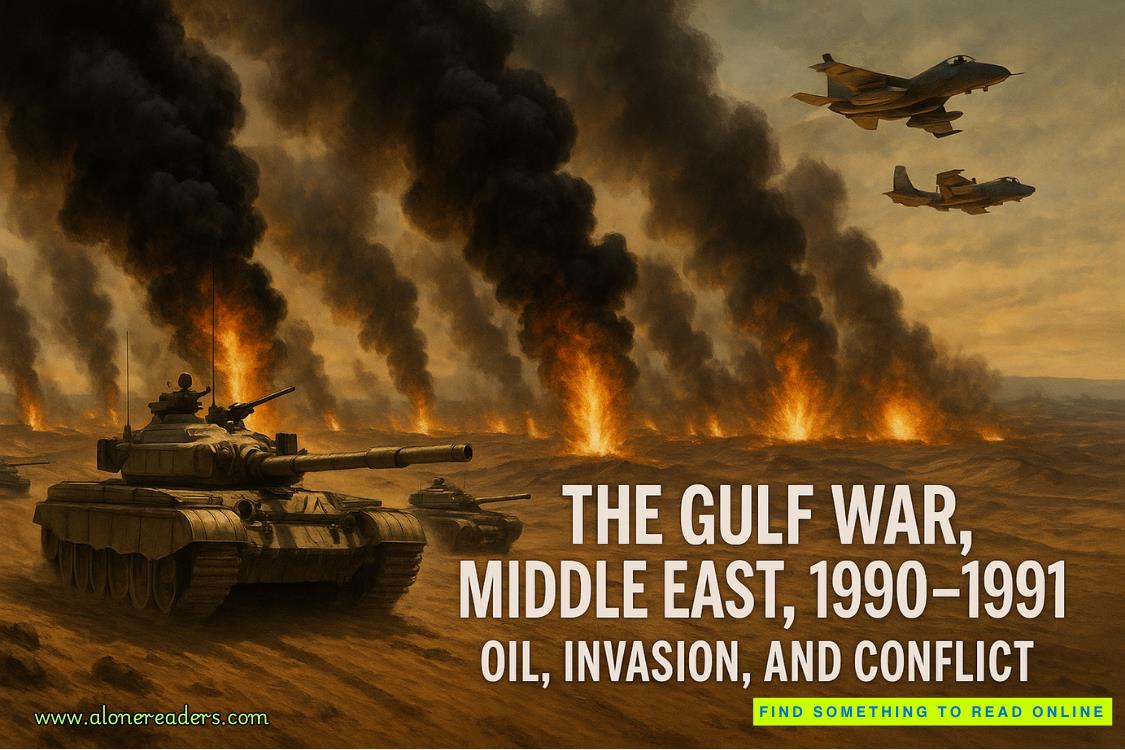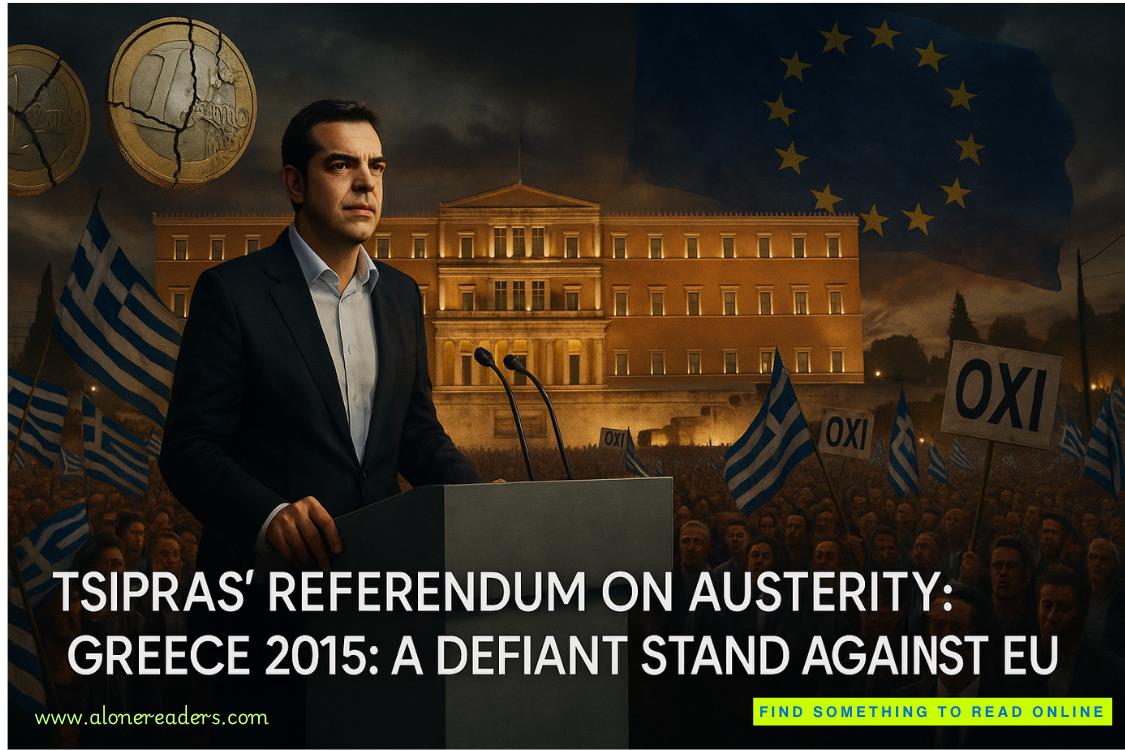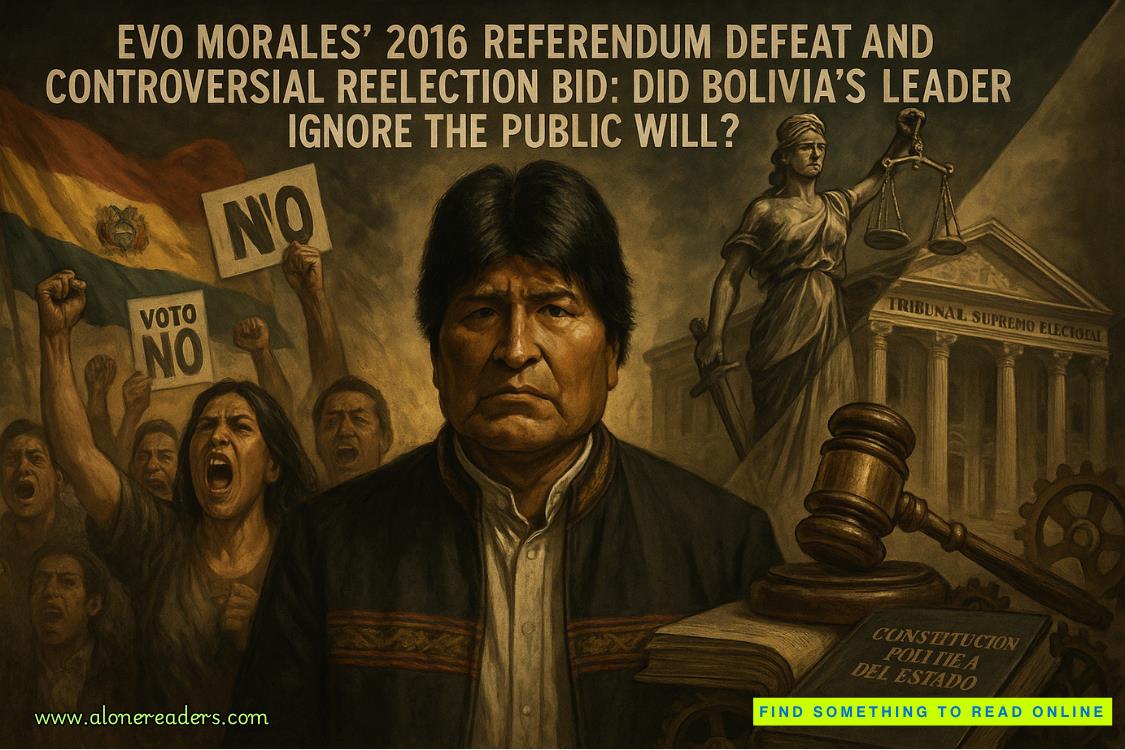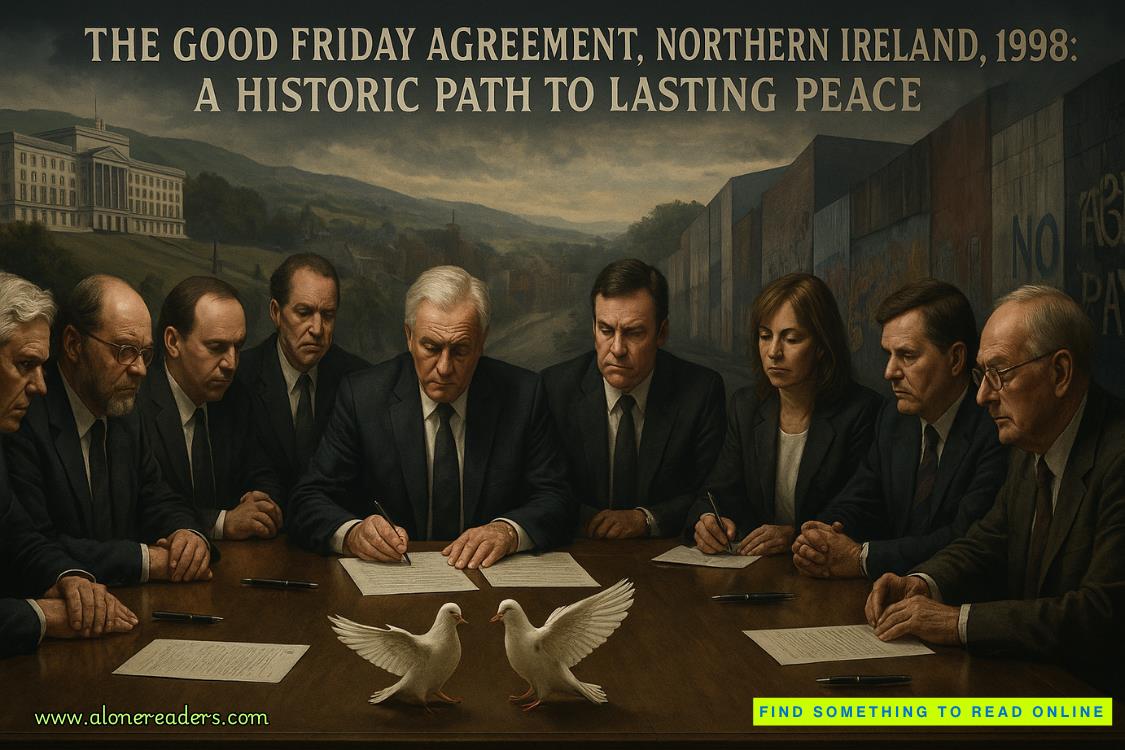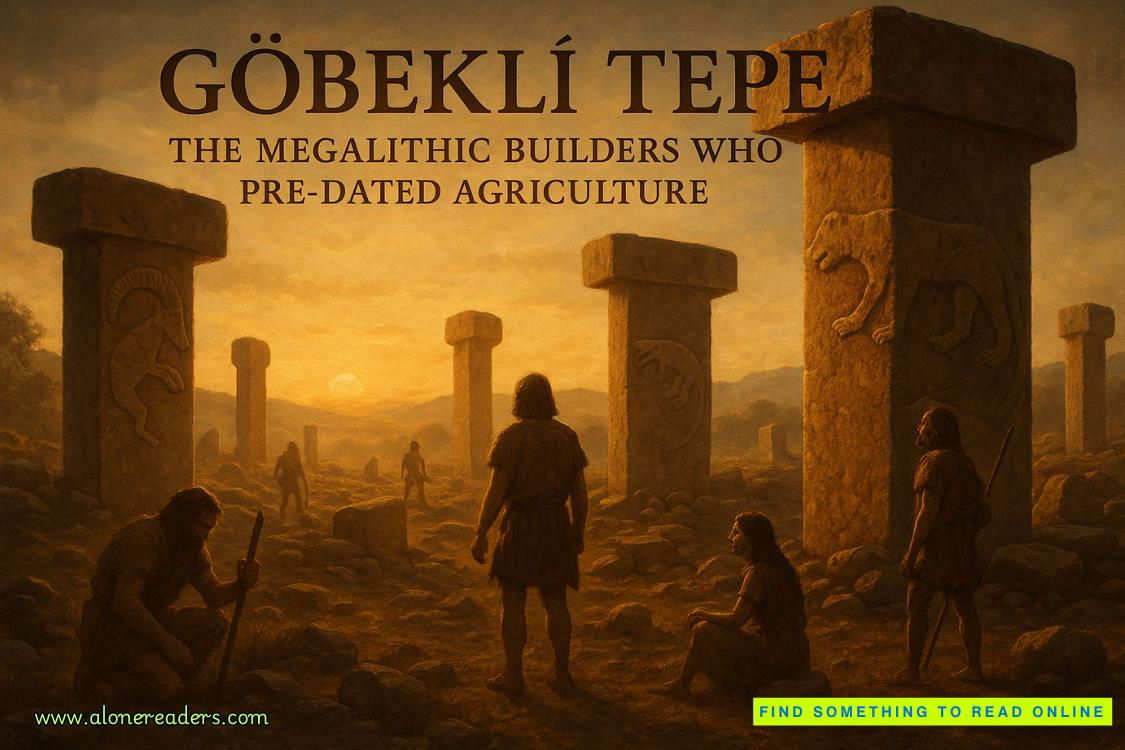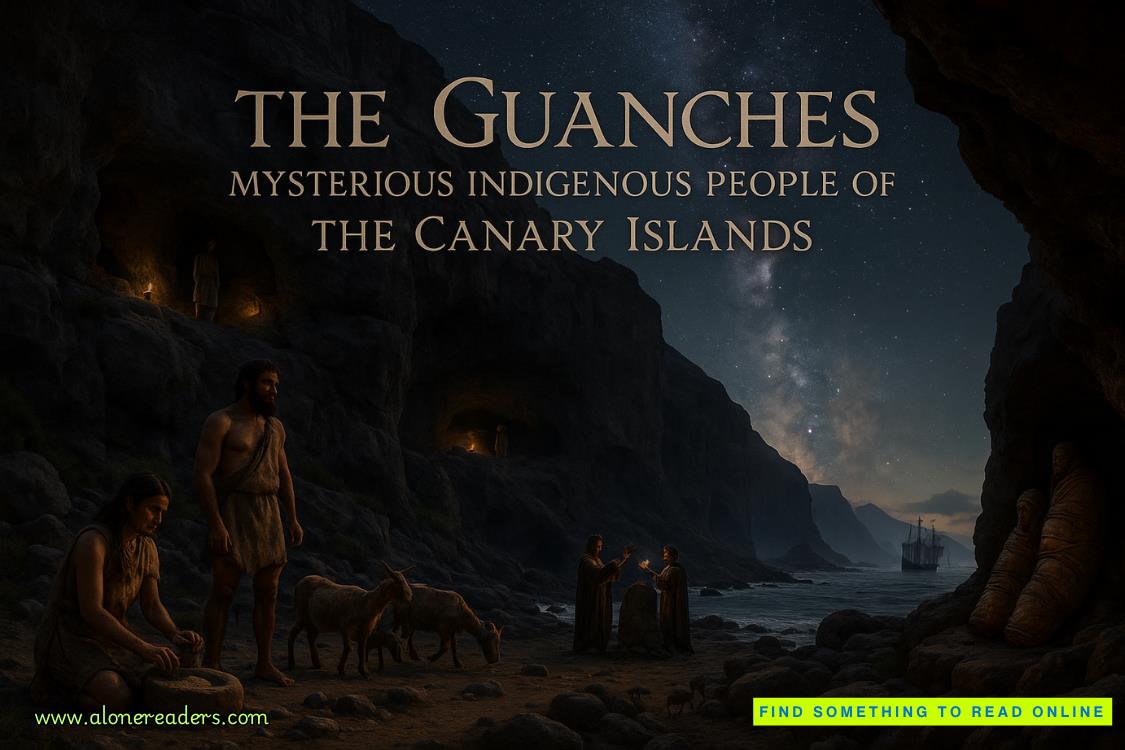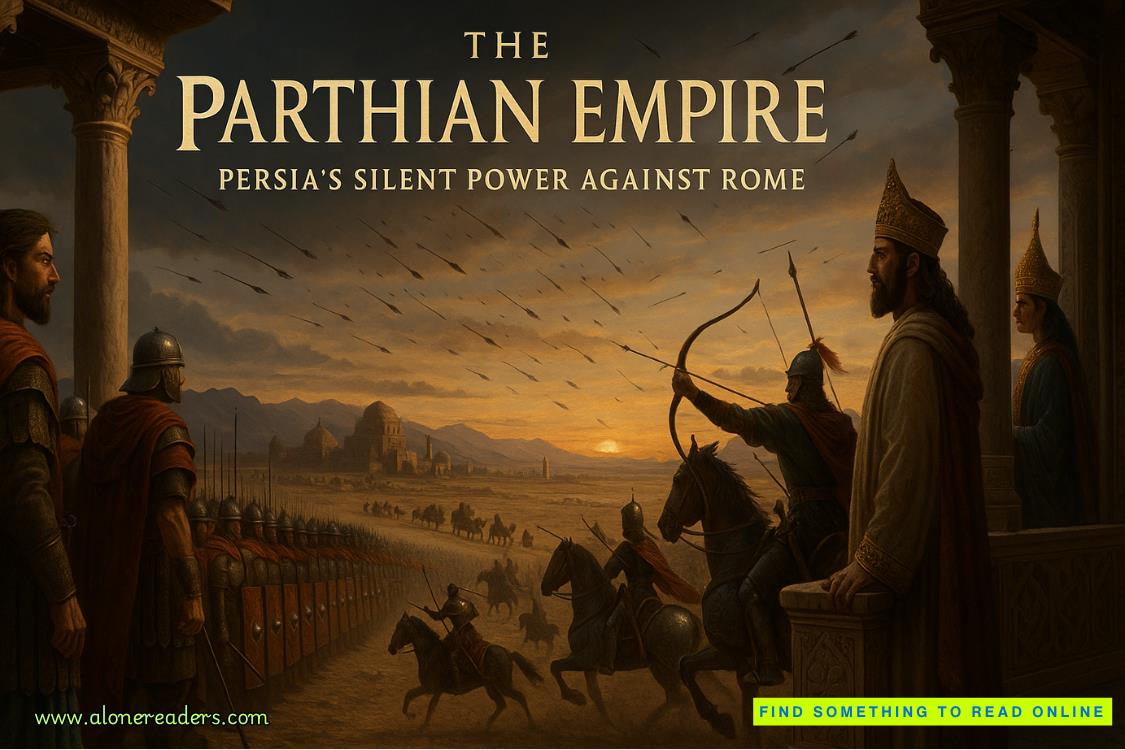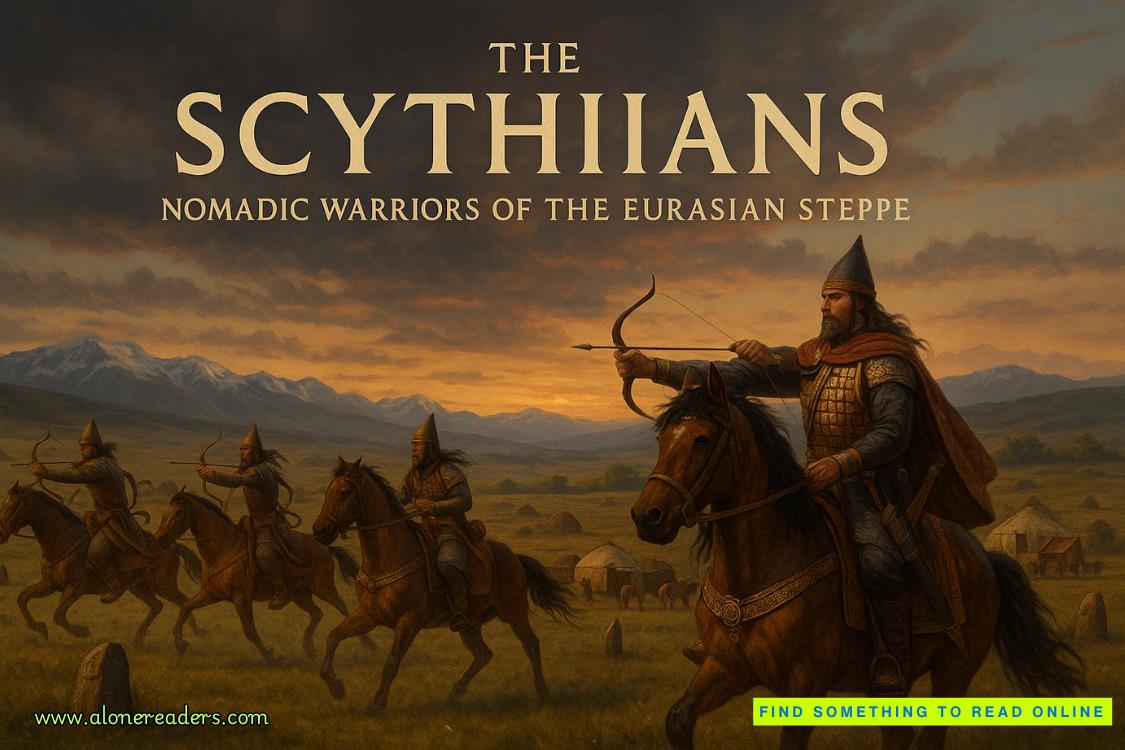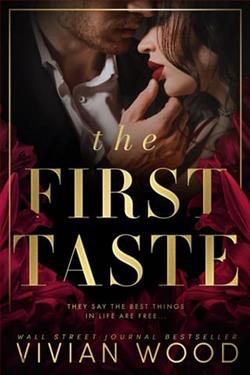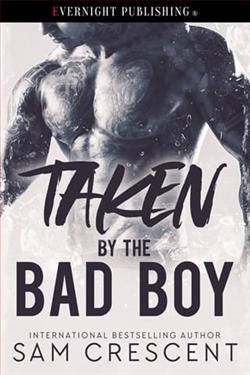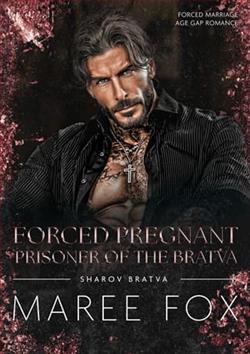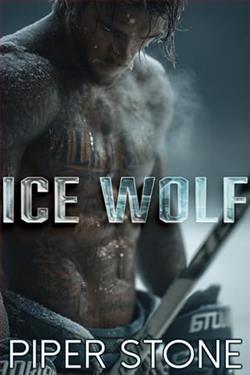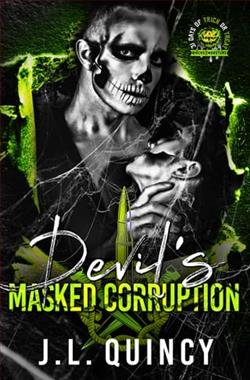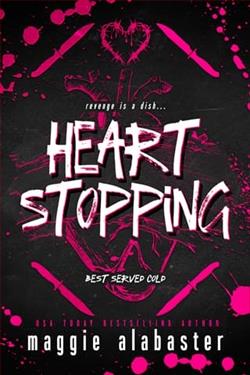Page 34 of U Is for Undertow (Kinsey Millhone 21)
“Cool. I’ve known Cheney for years.”
“What about you? How’d you end up here?” I asked.
“I work for the Dispatch. One of the guys picked up chatter about it on the scanner and sent me to see what was happening.”
“Not much at this point,” I said. I’m not crazy about reporters and I didn’t want her probing for my client’s identity. I didn’t even want her to know I had a client because she’d try angling for an interview.
“How’d you hear about it?” she asked. Her tone was casual and the line was delivered as a throwaway as though she had little or no interest in my response. This was crafty reporter small talk designed to elicit information.
“Long story,” I said.
“Mind if I get your name?”
“You can keep my name out of it. This is not about me.”
“No problem. If you don’t want to be quoted, we can keep this off the record.”
“What’s to quote? I don’t know anything.”
“Fair enough. I’m Diana Alvarez, by the way.” She held out her hand.
Without pausing to consider, I shook hands with her and said, “Kinsey Millhone.” The second the words came out of my mouth I knew I’d been had. So much for keeping my name out of it. I was irritated at her for maneuvering me and irritated at myself for being so easily sucked in.
“Nice meeting you,” she said, and then she wandered away.
While I watched, she removed a spiral-bound notebook from her blazer pocket and started scribbling on a page. She struck up a conversation with someone else, and I knew she’d weasel her way through the onlookers until she pieced the story together. No telling what kind of spin she’d put on it. I looked for Sutton, thinking to warn him, but he was nowhere to be seen.
I was happy I’d grabbed dinner, because it took until 8:00 P.M. for the techs to finish their work. Everything seemed to shut down at once. Cheney appeared at the mouth of Alita Lane and walked toward us on Via Juliana. One uniformed officer followed, toting cones and the yellow tape that he’d wound into a loose skein. Gerald Pettigrew and Belle followed, giving no indication whether the dig had served up anything of note.
Diana Alvarez separated herself from the guy she was pumping and made a beeline for Cheney, in full reporter mode. Cheney acknowledged her but his eyes were on me. I did a second quick visual search of the bystanders, looking for Sutton, thinking he should be first in line for the news, whatever it might be. Still no sign of him. His turquoise MG was parked on the berm with Madaline in the front seat, her feet propped on the dashboard. Goldie Hawn wandered from person to person, wagging her tail and receiving affectionate pats and praise from strangers, as was her due.
I couldn’t read Cheney’s expression. He looked serious but there was a suggestion of humor in his eyes. Diana Alvarez was close on his heels, eager for any news he intended to pass along.
When he reached me, he said, “Hold out your hand. I have a present for you.”
I held out my hand and he dropped an object in my palm. I registered a mud-caked plastic disk attached to a length of dirty blue leather. “What’s this?”
“What’s it look like? A dog tag. That’s what the two guys were burying—the family pet. Woof woof . . .”
He smiled and moved on.
9
WALKER MCNALLY
Late Thursday afternoon, April 7, 1988
Walker McNally drove his black Mercedes through the entrance to Horton Ravine as he did every day on his way home from work. Occasionally he elected to use the back entrance, but he didn’t much care for the associations. It was Thursday afternoon. Carolyn and the kids had left that morning for San Francisco, where they’d spend a long weekend with her mother, returning Monday afternoon. Fletcher, age four, and Linnie, age two, were still in preschool, so whisking them off for five days with Nana wasn’t an issue. Though he’d miss them, he looked forward to the empty house, keenly aware that he was on his own and could do as he pleased.
He and Carolyn had moved back to California ten years earlier, when he’d been hired as VP of New Client Relations at Montebello Bank and Trust. He’d begun his financial career in the trust department at Chase Manhattan Bank in New York City and later joined Wells Fargo as a wealth-planning specialist. The job opening in Santa Teresa had been a blessing, since Walker had grown up in town, graduating from UCST in 1971.
He was a good-looking man, personable, charming, and articulate. A good part of his day he was on the phone, setting up meetings and lunch dates, arranging drinks and dinner with prospective clients whose business he was working to gain. He served on the boards of two nonprofit organizations and he was also involved in a number of planned-giving and development committees. He’d brought a goodly number of clients to the bank during his tenure, and he was rewarded accordingly.
